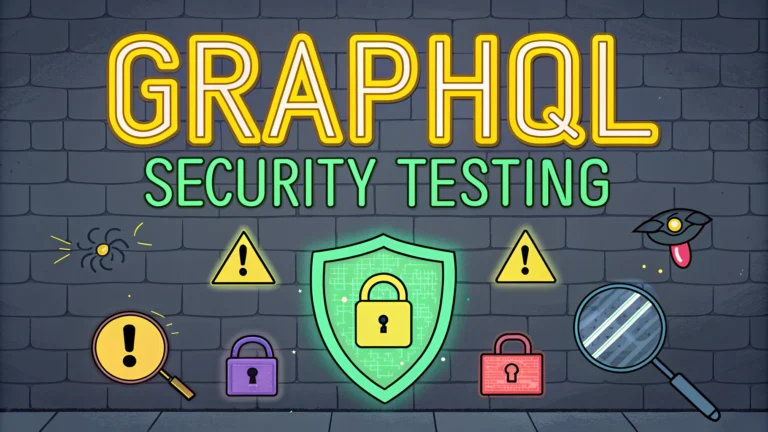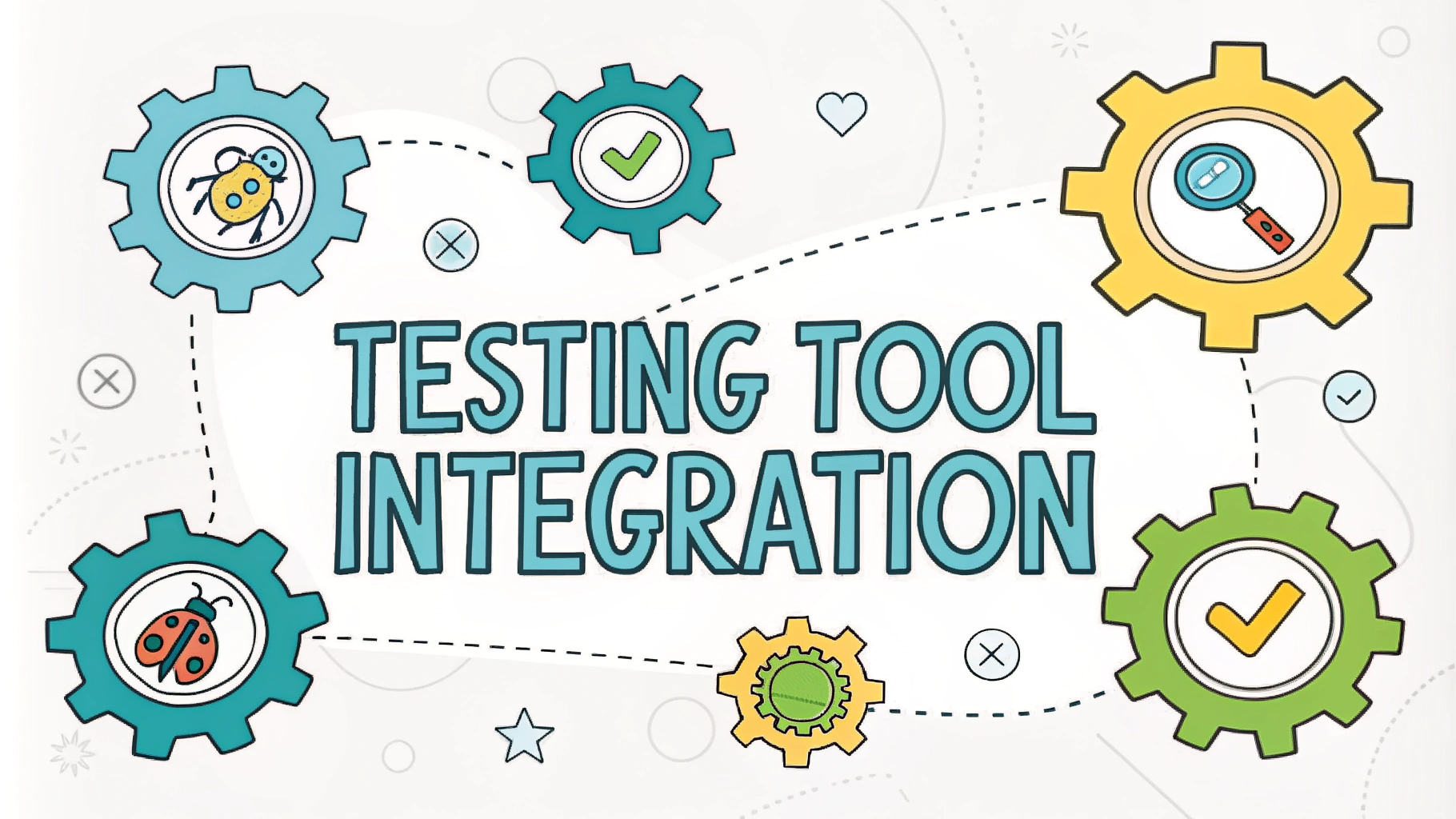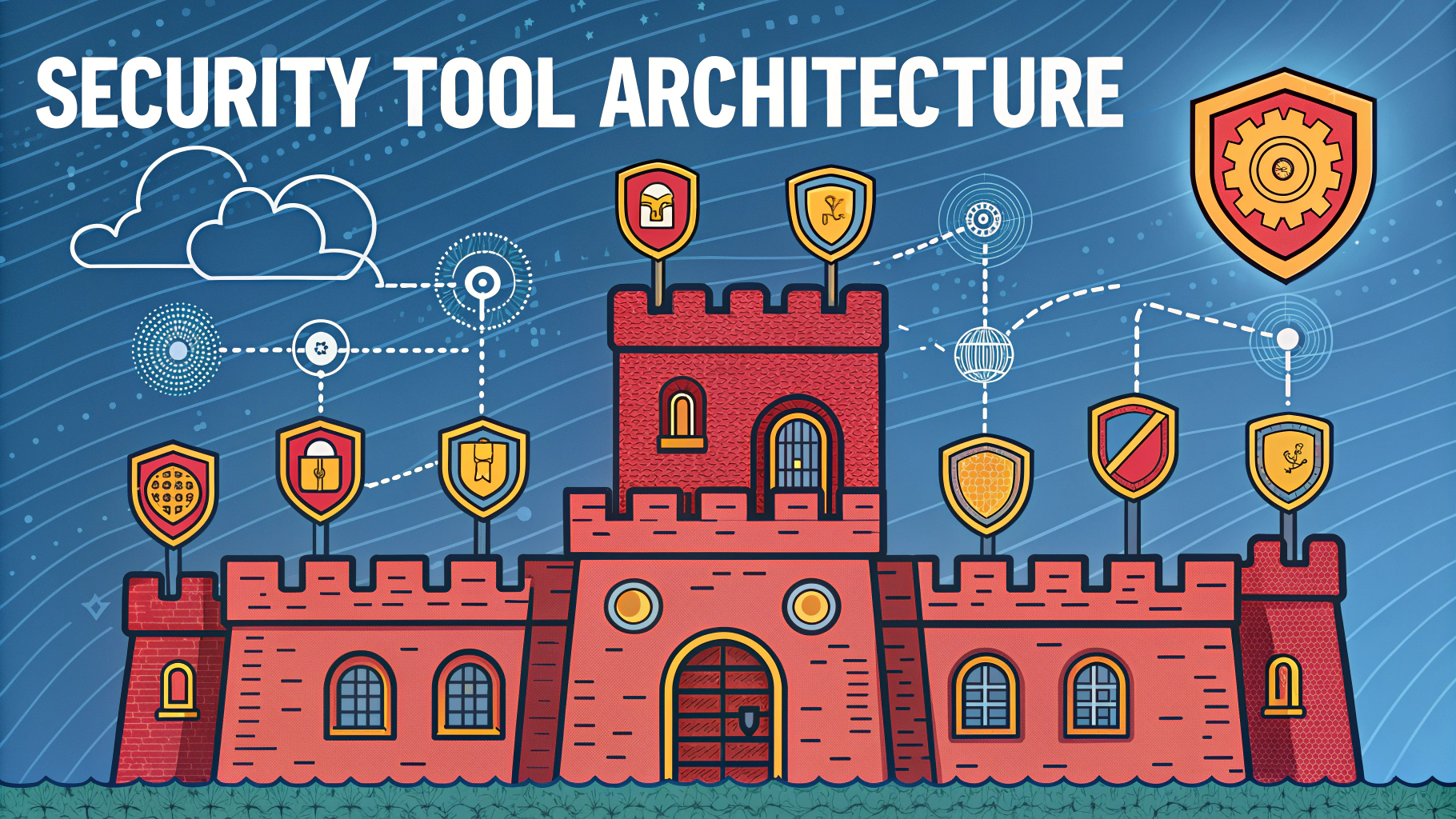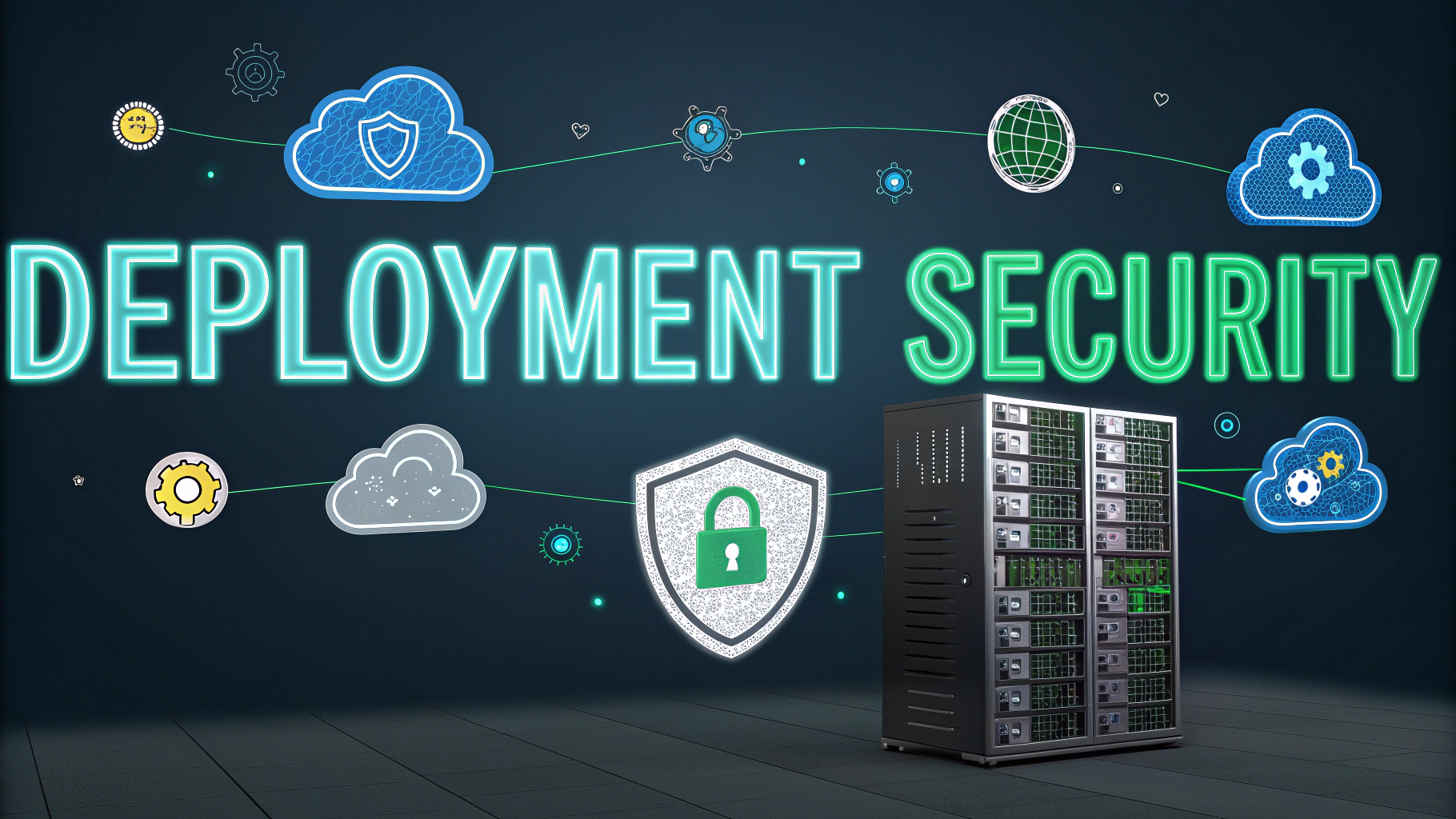GraphQL security testing requires a specific approach due to its unique architecture and query language structure.
While GraphQL offers flexibility and efficiency for APIs, it also introduces distinct security challenges that need careful examination during penetration testing.
Security professionals must adapt their testing methodologies to address GraphQL-specific vulnerabilities while maintaining standard web security practices.
Key GraphQL Security Testing Areas
- Authentication mechanisms
- Authorization controls
- Query depth limits
- Rate limiting implementation
- Input validation
- Error handling
Common GraphQL Vulnerabilities
Introspection queries can expose sensitive schema information when left enabled in production environments.
Prevention Tips:
- Disable introspection in production
- Implement query depth limiting
- Use persisted queries instead of dynamic ones
Testing Tools and Resources
| Tool Name | Purpose |
|---|---|
| GraphQL Voyager | Schema visualization and analysis |
| InQL Scanner | Security assessment and vulnerability scanning |
| GraphQLmap | Query fuzzing and exploitation |
Authorization Testing Steps
- Map all available queries and mutations
- Test vertical privilege escalation scenarios
- Check horizontal access controls
- Verify nested object permissions
Query Depth Analysis
Deep nested queries can lead to denial of service attacks if not properly limited.
query {
user {
friends {
friends {
friends {
# Potentially harmful depth
}
}
}
}
}
Rate Limiting Strategies
- Query complexity analysis
- Operation-based limits
- Time-window restrictions
Input Validation Testing
Test all input fields for:
- SQL injection
- NoSQL injection
- Cross-site scripting (XSS)
- Command injection
Security Headers and Configuration
- Content Security Policy (CSP)
- CORS settings
- Transport Layer Security (TLS)
Next Steps for Enhanced Security
Regular security assessments should include automated scanning combined with manual testing approaches.
Document findings and maintain a security testing checklist specific to your GraphQL implementation.
Consider joining the GraphQL Security Working Group for latest security updates and best practices.
Automated Testing Integration
Integrating automated security testing into CI/CD pipelines ensures consistent security checks throughout development.
- Regular schema validation
- Automated vulnerability scanning
- Continuous security monitoring
- Performance impact assessment
Response Analysis Techniques
Analyzing GraphQL responses helps identify potential security gaps and information leakage.
Key Focus Areas:
- Error message content
- Response timing patterns
- Data structure consistency
- Sensitive data exposure
Advanced Security Controls
Implementing additional security layers strengthens GraphQL API protection:
- Schema-level access controls
- Field-level encryption
- Request validation middleware
- Audit logging systems
Performance vs Security
| Security Measure | Performance Impact |
|---|---|
| Query depth limiting | Low |
| Field-level encryption | Medium |
| Real-time validation | High |
Securing GraphQL in Production
Maintaining robust GraphQL security requires ongoing vigilance and adaptation to new threats.
- Regular security audits
- Updated security policies
- Team security training
- Incident response planning
Security testing for GraphQL requires a comprehensive approach combining automated tools, manual testing, and continuous monitoring to maintain API integrity and data protection.
Stay connected with the GraphQL security community and implement layered security controls to protect against evolving threats in production environments.
FAQs
- What is GraphQL security testing and why is it important?
GraphQL security testing is the process of identifying vulnerabilities in GraphQL APIs through systematic examination of endpoints, queries, and mutations. It’s crucial because GraphQL’s flexible nature can expose unexpected attack surfaces and potential data exposure risks. - What are the most common GraphQL security vulnerabilities?
Common vulnerabilities include DoS through nested queries, introspection exposures, insufficient rate limiting, injection attacks, unauthorized data access through field suggestions, and batching attacks. - How can I prevent DoS attacks in GraphQL?
Implement query depth limiting, amount limiting, complexity analysis, timeout mechanisms, and proper rate limiting at both query and field levels. Tools like graphql-depth-limit can help enforce these restrictions. - What tools are recommended for GraphQL penetration testing?
Popular tools include InQL Scanner, GraphQLmap, GraphQL Voyager for visualization, Burp Suite with GraphQL addons, and OWASP ZAP with GraphQL support. - How do I secure GraphQL introspection in production?
Disable introspection in production environments unless absolutely necessary, implement authentication for introspection queries, and use tools like persisted queries to limit API exposure. - What authentication best practices should I follow for GraphQL APIs?
Implement JWT tokens, use proper session management, enforce role-based access control (RBAC), validate all incoming requests, and ensure authentication covers all resolvers and mutations. - How can I prevent injection attacks in GraphQL?
Use parameterized queries, implement input validation, sanitize user inputs, use proper ORM escaping, and avoid direct concatenation of user input into database queries. - What is query batching abuse and how can it be prevented?
Query batching abuse occurs when attackers send multiple queries in a single request to bypass rate limiting. Prevent it by implementing operation limits, analyzing query complexity, and setting proper batching limits. - How should I handle error messages in GraphQL securely?
Implement custom error handling, avoid exposing internal error details, use generic error messages in production, and maintain detailed logs for debugging while keeping sensitive information private. - What role does access control play in GraphQL security?
Access control ensures users can only access authorized data through proper field-level security, resolver-level permissions, and schema-level restrictions based on user roles and permissions.







